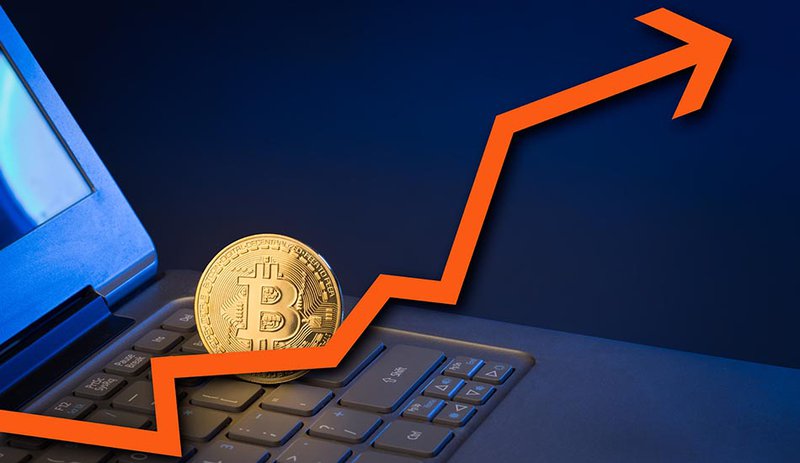2018-12-1 20:26 |
Most people dealing with the altcoin space hardly ever think about how ‘green’ their cryptos really are. This is in part because most digital currencies on offer today are simply presented to us as a piece of code on the internet. However, in terms of how these digital codes are actually procured, we can see that there is a lot more going on than what meets the eye.
As things stand, mining most of the world’s top altcoins takes a lot of power and electricity (which in turn has a serious ecological impact on the the world’s natural resources). With that being said, let's take a look at whether XRP is really a “green crypto option” or not.
To start off with, we can see that the premier asset makes use of nearly USD $300,000 worth of electric power on a day to day basis. While this number may seem extremely huge to some, it is worth noting that Bitcoin on the other hand, uses up an annual electricity supply that could potentially power the entire nation of Ireland for a period of 365 days.
Why Is Crypto So Energy Intensive?This is quite a natural question which when looked at in detail, can be broken down in a systematic fashion. For starters, creating unique blocks on the native Bitcoin blockchain requires miners to solve complex mathematical equations (referred to as SHA-256 collision).
The problems are so mathematically heavy that miners need to make use of large supercomputers that are very energy intensive. Not only that, the devices have to be left running as they often have to work for days, weeks and months on end (without any halt in operations).
If that wasn't enough, Bitcoin’s native protocol is designed in such a way that as time progresses, the computational difficulty of the aforementioned SHA-256 equations continue to increase. Not only that, even the number of coins produced per block continue to reduce by a factor of 0.5 as every new block is produced.
More On The MatterAs many of our readers already know, every mined block on the Bitcoin blockchain produces 50 BTC. However, after nearly ‘two halvings’ in 9 years, a single block is now only able to deliver a total of 12.5 BTC. It is also being predicted that moving forward, this number will continue to go down and settle around 6.25 as we move into the year 2020.
What this basically means is that as we look towards the future, it will take way more energy for miners to produce fewer and fewer blocks and coins (all while energy and maintenance costs continue to increase).
Is Mining Bitcoin Still Worth It?It depends on who you ask really. For some, the venture is totally worth it since it not only allows them to procure BTC but it also keeps the Bitcoin network going. However, over the course of the past month or so, many people have come forth and said that in order for BTC mining to remain profitable, the price of Bitcoin should stay above the $7,000 threshold. However, looking at BTC’s price right now, it seems as though it will take some time before mining this premier asset becomes a profitable venture once again.
Final TakeAs things stand, Ripple’s XRP is one of the “greenest” currencies available in the market today. This is because, the premier altcoin makes use of a consensus mechanism that is relatively light and easy to operate.
Lastly, with the introduction of blockchain 3.0, many of the energy related issues that currently exist with currencies such as BTC, ETH will be alleviated to a large degree (since the tokens will all be premined). It now remains to be seen how the future of this burgeoning industry plays out from here on out.
origin »TodayCoin (TODAY) на Currencies.ru
|
|

























